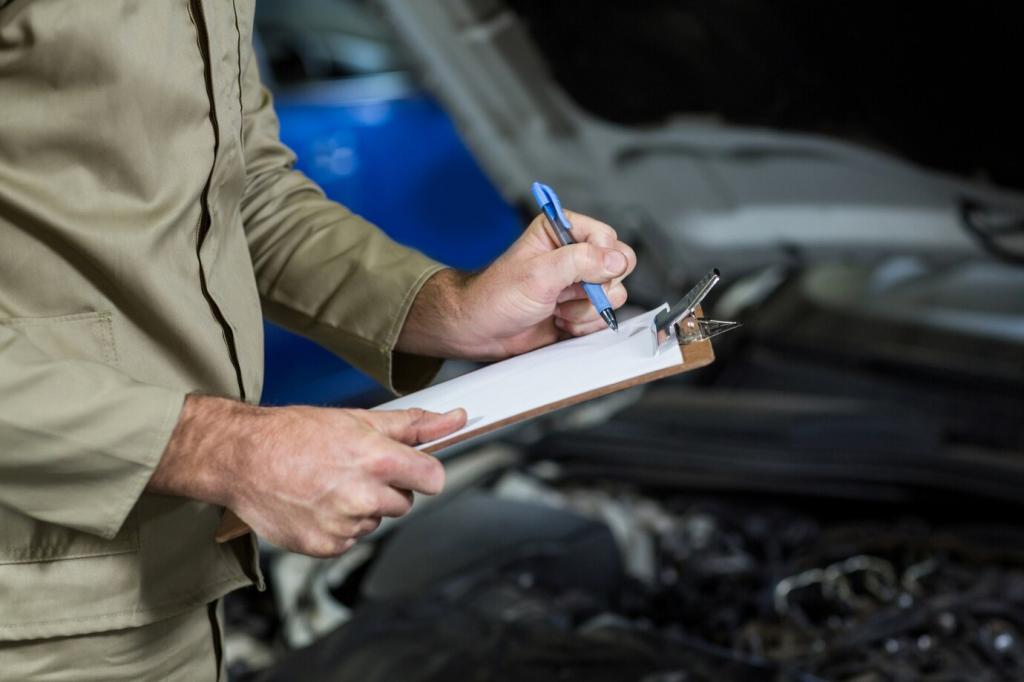Troubleshooting and Avoiding Mistakes
Edges and corners sand faster, causing waves or thin spots. Use a soft interface pad and lighter pressure near contours. Keep your paper flat, re-wet frequently, and resist lingering in one area. If you create low spots, re-level gently using wider, balanced passes.
Troubleshooting and Avoiding Mistakes
If haze remains, you may not have refined sanding scratches enough. Step back one grit and fully remove the prior marks before repolishing. Use clean pads, fresh compound, and controlled pressure. Inspect under cross-lighting to confirm uniform refinement across the entire lens.
Troubleshooting and Avoiding Mistakes
Pitting, cracks, or internal moisture cannot be fully corrected from the outside. Minor chips may blend with careful sanding, but structural cracks require lens replacement. If condensation persists, check seals and vents. Share photos in the comments for tailored guidance on repair paths.
Troubleshooting and Avoiding Mistakes
Lorem ipsum dolor sit amet, consectetur adipiscing elit. Ut elit tellus, luctus nec ullamcorper mattis, pulvinar dapibus leo.







